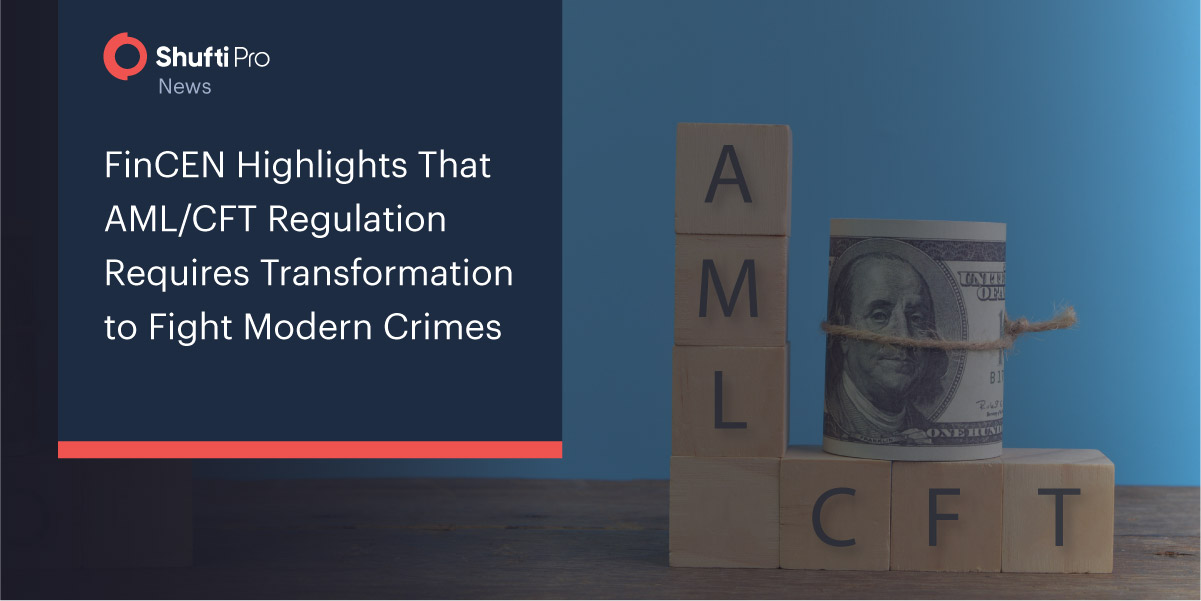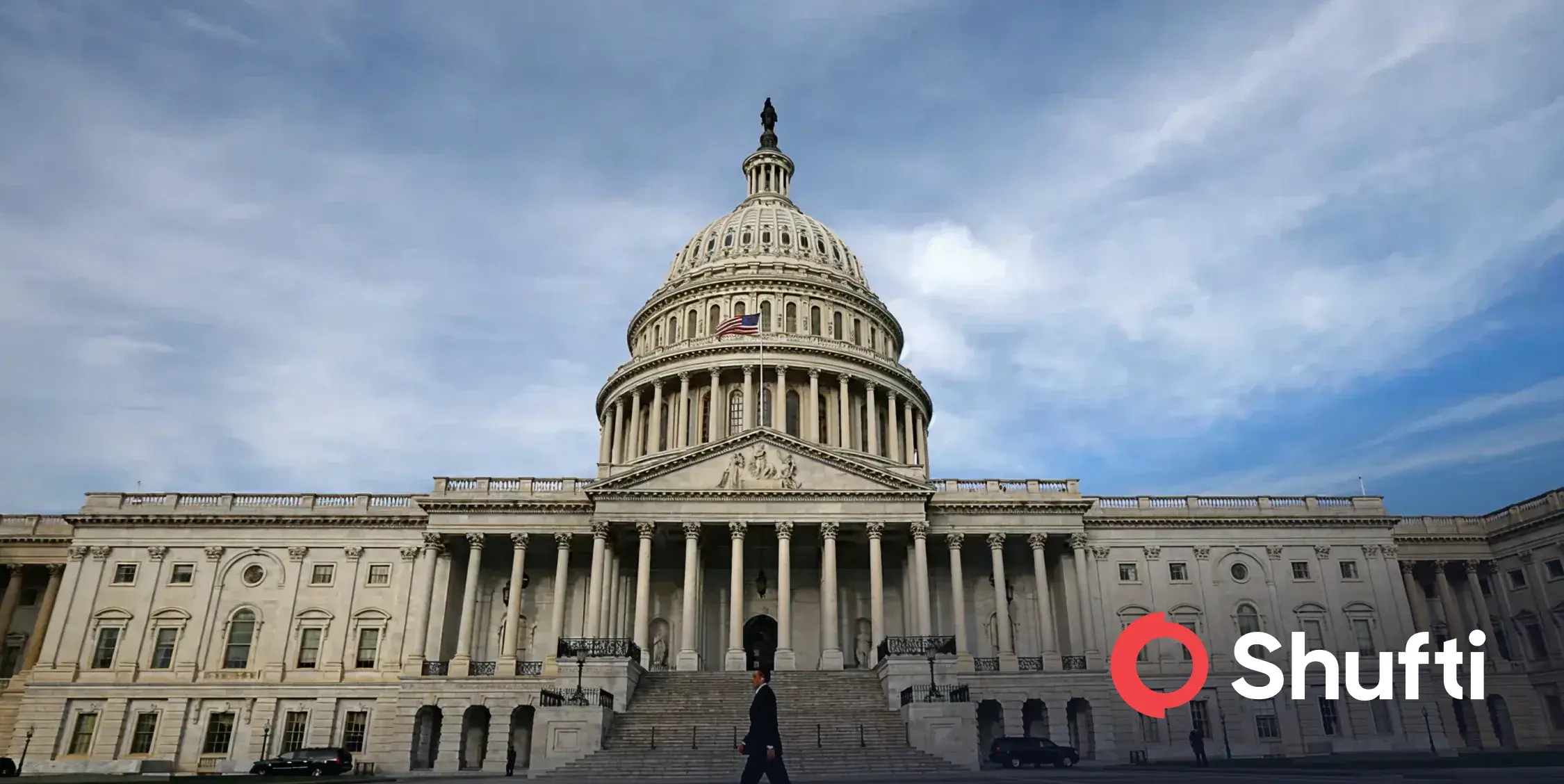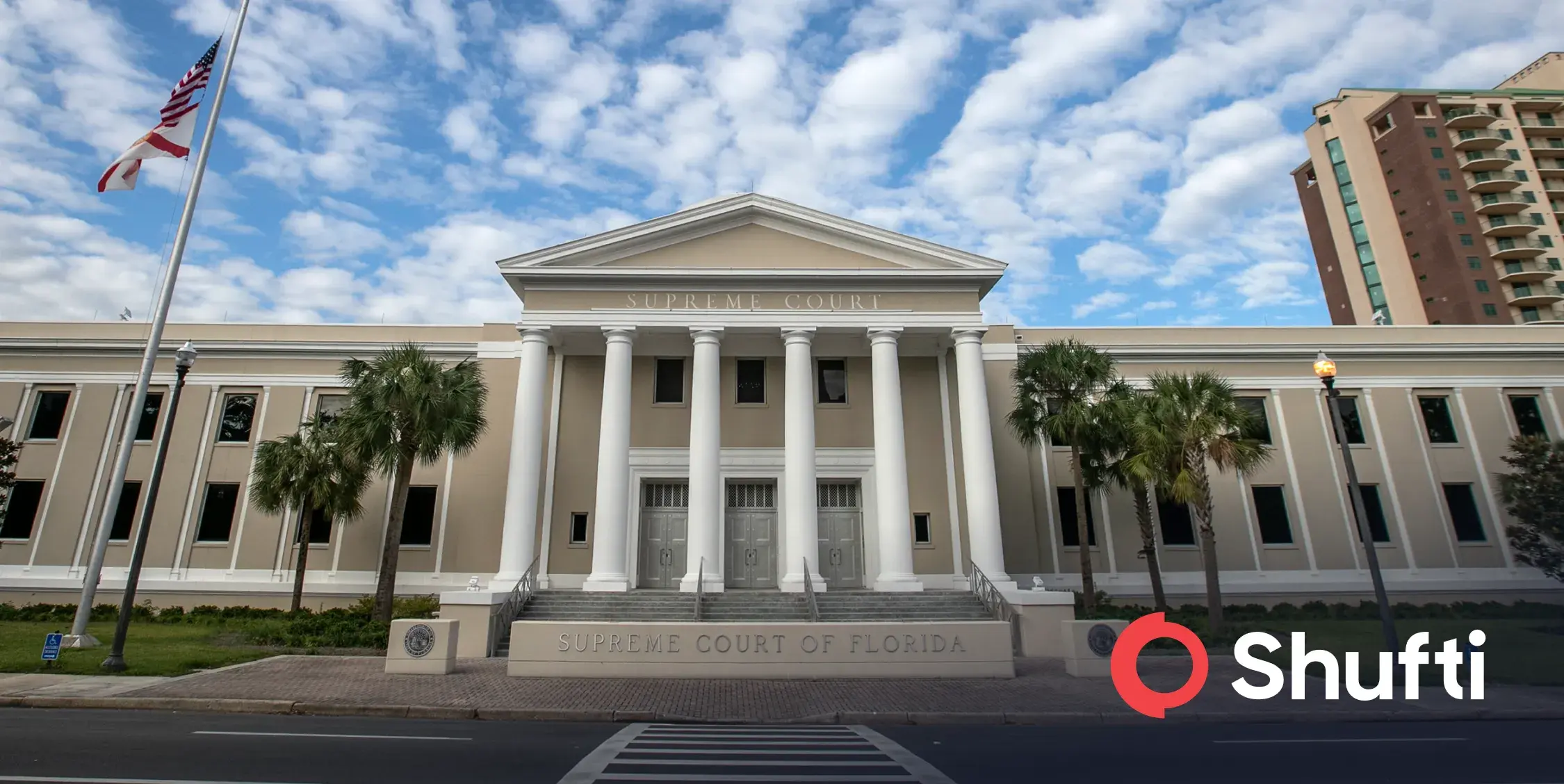FinCEN Highlights That AML/CFT Regulation Requires Transformation to Fight Modern Crimes

The acting director of FinCEN has highlighted the fact that the existing AML/CFT regulatory framework requires transformation and innovation to curb modern crimes.
On January 13, 2022, the Acting Director of FinCEN, virtually addressed in the Financial Crimes Enforcement Conference hosted by the American Banker Association and the American Bar Association. In the speech, he highlighted the transformation and modernization of the Anti-Money Laundering/Counter-Terrorist Financing (“AML/CFT”) regulatory framework in the wake of September 11, 2001, to deter the risk of money flow to terrorist groups, and to address the current complex situation and future challenges that are linked with the emergence of cryptocurrencies and strategic corruption.
Acting on the authority accorded FinCEN by the AML Act of 2020, the financial watchdog has been in the process of re-organizing and improving its divisions to meet constantly evolving obligations. New divisions include the Global Investigations Division, the Strategic Operations Division along the Enforcement and Compliance Division, which are interlinked with each other to fight against criminals, share information, and act accordingly to carry out investigations across the financial sector. Additionally, the director also focused on three areas that FinCEN will be concentrating on, including new threats, new innovations, and new partnerships.
FinCEN identified a new threat as a potential broad group of criminals, such as fraudsters carrying out ransomware attacks on American firms. The frequency of ransomware attacks has increased as the financial watchdog received 30% more Suspicious Activity Reports (SARs) in the first half of the last year. However, FinCen rulemaking initiatives, including the proposed rule that was legislated to implement the Corporate Transparency Act (CTA) for Ultimate Beneficial Owners (UBOs) information reporting. Under this law, the US and foreign businesses need to report their UBOs information to FinCEN. The director also noted that FinCEN still needs to issue a proposed rule on the critical question of how the CTA will interact with the CDD Rule, which mandates financial firms to collect UBOs information.
Furthermore, FinCEN also stated that the new innovations and technologies are making instances of threat more potent. The new regulatory framework must account for increased financial activities in a digitized world such as cryptocurrencies and virtual assets that have come up with high risk. However, Mr. Das conceded that enforcement alone is not enough – and everyone can agree that “regulation through enforcement” is not ideal: “[R]egulators cannot only communicate via red lights; we cannot only say what NOT to do. To encourage innovation in this space, we know we have to flash yellow lights – and even the occasional green light.”
FinCEN is also focused on new technologies, like artificial intelligence, blockchain, and machine learning as means of reducing the administrative burden on financial firms for compliance checking along with ensuring that the private sector has sufficient room to embrace innovations without the concern of running afoul of regulatory pitfalls.
Other than utilizing new technologies to innovate AML/CFT regulatory framework, FinCEN is also looking to enhance the engagement of private sector businesses with watchdogs to create more transparent public-private partnerships. Due to these reasons, the businesses will only share the information with the government but also with other companies to enhance their risk assessment and protection management systems.
Suggested Read: FinCEN Proposes Beneficial Ownership Reporting Requirements










